Have you ever worked really hard at something but then felt undervalued? Did others profit from those endeavours yet your only return was to provoke envy, suspicion or outright hostility in the people around you? Well, if the answer is yes then it appears that you are in the greatest of company: a towering figure of the Renaissance; a person we now regard as perhaps the most brilliant scholar of the 16th century…Erasmus of Rotterdam.

In fact, we can sympathize with how Desiderius Erasmus may have felt about this unfortunate predicament through his own eloquent writing. By getting up close and personal with this important historical figure, one is also presented with an ideal opportunity to discover why the itinerant scholar came to be considered “Prince of the Humanists” and gain a rare insight into the relatively new mode of scholarship to which the title once referred.
This former resident of Queens’ College (1511-1514) will already be familiar to some. However, given the sheer scale, depth and occasional complexity of his work – originally written in Latin and Greek – the full legacy of his scholarly achievements could only ever be appreciated by an expert in the appropriate fields. To join in with any discussion, the majority of us would have to make do by consulting some of the available translations and in this regard at least, can take some comfort in the knowledge that we ‘are in the same boat’. Yet the supreme irony here is that we probably owe the familiarity of that very phrase and others like it to his relentless hard work. I refer here to one of Erasmus’s greatest scholarly achievements: the Adagia.
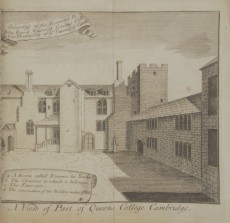
So how could a man like Erasmus feel undervalued? And was this great scholar really a source of envy or hostility in his peers? If we truly desire to appreciate the labours of Erasmus of Rotterdam; to consider for a while his prolific output and why it is worth celebrating, then we should probably start by sketching the context for his first publications and then add a little colour by discussing a few, manageable examples of his writing; at least in their English translation. It is perhaps his collection of proverbs or Adagia that best serves both of these purposes.
The Adagiorum Collectanea was printed in 1500. It was Erasmus’s very first publication and by the end of his life it would also prove to be his most successful. The research necessary in compiling this annotated collection of Greek and Latin proverbs marked a significant stage in the Dutchman’s journey to mastering the Greek language and through subsequent editions such as the Adagiorum Chiliades (i.e. ‘ordered in thousands’) first printed in 1508, sayings such as In eadem es navi or ‘to be in the same boat’ soon found their way into his writing. Yet these subsequent editions were not merely reprints or revisions nor did they only represent an ever expanding list of useful sayings. This was an essential and ongoing project, a huge labour that had started at the turn of the century as a modest collection of around eight hundred seemingly wise or philosophical observations and grew throughout his lifetime into a monumental work, including essays of ever increasing length and richness with each publication.

The foundation of Queens’ College in 1448 had come at an auspicious time in European history. The printing press and moveable type had only just been introduced to the continent and using Gutenberg’s infant technology, humanist publications (exemplars of a new direction for education and scholarship) were rapidly spreading throughout Renaissance Europe. Building upon these early foundations, the Adagia would soon become a companion for anyone who wished to gloss their speech or writing, demonstrating that they were perhaps not only distinguished by birth, rank or office but also through their learned reading. These works would also diffuse throughout England as Renaissance ideas finally took root at our ancient universities and the kingdom took its first tentative steps into the modern era.
Along with the preparatory work for his new edition of the New Testament, Erasmus certainly undertook revisions of his Adagia whilst resident at Queens’ College. A by-product of all this work was an educational treatise and collection of aphorisms, first published in 1513, called Parabolae Sive Similia. His interest in pre-university education had initially been encouraged by one of his many English friends – John Colet; and alongside his academic duties as the Lady Margaret’s Professor of Divinity at the University of Cambridge, Erasmus still found time to produce further treatises, style manuals and text-books intended for use in the new Tudor grammar schools (including St Paul’s of which Colet was the founder).

– This Queens’ copy of the Parabolae Sive Similia dating to 1521 is still beautifully bound in 16th century blind-stamped paneled calf [I.8.17]
Although written in Latin, the structure of the Adagia was in fact itself influenced by the way that Greek had been taught during the 15th century. At that time, key educators in Europe were instructing their pupils using books that followed a distinct pattern i.e. a Latin quote from a celebrated source (such as Cicero) juxtaposed with the Greek equivalent, then an appropriate commentary of moral or ethical form. Many of the essays in Erasmus’s collection of proverbs are also moral or ethical in character but crucially, for our purposes here, they are topical and largely autobiographical in nature. The following passage, an abridged translation¹ from the 1515 Froben edition, is a wonderful example whereby Erasmus reveals the back-stage work (and laments the struggles) of the Renaissance humanist in his commentary on Herculei Labores or ‘Herculean Labours’:
If any human labours ever deserved to be called Herculean, it is certainly the work of those who are striving to restore the great works of ancient literature…While…they condemn themselves to immense toil…they arouse among the vulgar the greatest envy and ill-will…The works of St. Jerome…was no light task…if only for the number of volumes which had to be looked through…what a struggle I had with the monstrous scribal errors, which were swarming through the text! What a business it was to restore the passages in Greek, which our great author had mixed in everywhere-for mostly they had dropped out or were wrongly reinserted …so much jumbled by various hands…The nature of this kind of work is that it brings profit to everyone, and the only person to suffer hardship is the one who undertakes it¹
– Desiderius Erasmus (1466-1536)
In ancient times, the ‘Labours of Heracles’ [later named Hercules by the Romans] was once sung by the poets. The deeds of heroes were part of an oral tradition of Greek mythology that had preceded the written word and they included the conquering of the Lernaean Hydra – a many headed snake – by a divine man tasked with twelve acts of penance: a man of extraordinary strength, the son of Zeus and the mortal Alcmene. Hercules initially squares up to the foul creature with a harvesting sickle but finally defeats it with Athena’s golden sword.
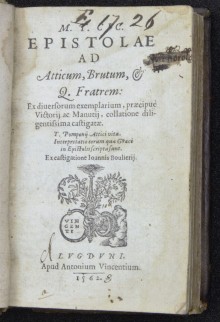

Within his discussion of the sources for the adage “Herculean Labours”, Erasmus explains how “by this symbol [the Hydra] the ancients wished to express Envy” and how “…This most loathsome of pests has always had the habit of accompanying the fairest deeds, and following the highest virtue as a body is followed by its shadow…” His commentary is interwoven and embellished with classical references to great poets such as Horace who had witnessed the upheavals that followed Rome’s turbulent transition from Republic to Empire under Augustus. Indeed, the increasing availability of classical literature during the Renaissance – whether it be the immediate impact of rhetoric through the carefully weighted sentences of Cicero; or the delicate rhythms of Horace immortalized in verse to share profound reflections on the impact of war and revolutionary change – greatly influenced Erasmus’s own literary response to the practices of the medieval Church and the turbulence of Reformation Europe.
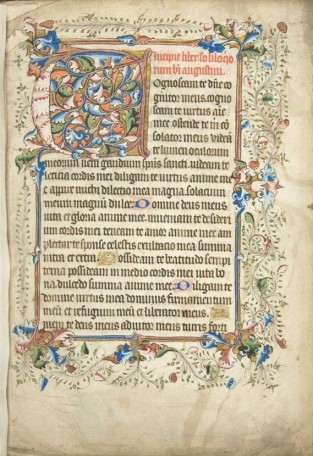
It is also here in the Adagia that we not only find reference to the great stories and authors of the classical world, but crucially find a rather grand reference to the humanist himself. For woven into the heroic labours of the ancient Hercules, the fair deeds and high virtue Erasmus reflects on are of course the labours of the contemporary, hard-working and undervalued scholar toiling away in the field of textual criticism.
He was certainly not alone in this endeavour. It was the aspiration of many a Renaissance man to produce critical editions of key texts: to reconstruct if possible what the original author had once written as manuscripts (or at least their fragments) were rediscovered and increasingly made available throughout Europe. The final sentence of the quote above refers to the craft of early printing houses which meant that, once the hardships of textual criticism had been endured by these dedicated humanists, anyone else who pursued the ideals of purity and truth could instantly profit by reading the final product.
But should we actually feel sorry for Erasmus? Was he really revealing a sorry, downtrodden state? Maybe not, since it has been argued quite convincingly that the ‘Prince of the Humanists’ was probably an early form of spin-doctor: or at least a person who traveled extensively as he networked amongst the elite and sought patronage from the influential; a man who crafted his own image as a hard-worker; a relentless, indefatigable force. He would also visit the great printers of Europe on his travels for it seems that he was fully aware of the role and incredible potential of the new print technology in manufacturing not only a book but also a new species at the dawn of the modern age: what we would now call the ‘intellectual’. Indeed, Erasmus may have actively shaped his own reputation as a towering figure of the Renaissance by self-consciously manipulating the world of print and the circulation of ideas.

However, we can’t deny the reality that Erasmus did work hard, extremely hard, and he was exceptional at what he did. Yet, any great innovator will probably have to confront envy or hostility from their peers at some stage. Ideas – and their originality – were often challenged and protected as intellectual reputations were forged. Erasmus was certainly no stranger to rivalry. In this context, I will explore and clarify such a dispute in my next blog post when we continue with the story of the Adagia, but it is worth noting here how Erasmus was even challenged in his lifetime by those he had once been deeply sympathetic to. Printed in 1523, the Spongia was his response to an attack on his sincerity by the German reformer Ulrich von Hutten. In his defence, Erasmus claimed to have been misrepresented by the fellow humanist and supports this claim with a skillful defense of his decision not to support the actions of Martin Luther once the Reformation had threatened the unity of Catholic Europe.
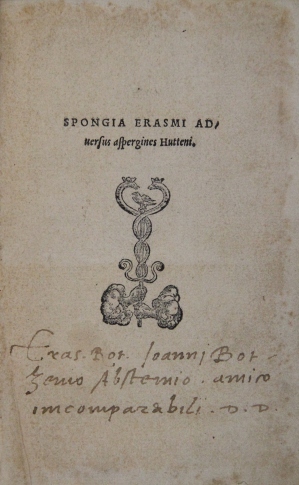
The birth of the intellectual, the explosion of interest in the study of antiquity and the associated desire to seek out, restore and learn from classical sources was of course part of a wider movement that had already gained momentum in Italy during the 14th century. That movement had perhaps found its greatest visual expression through the exuberant art of Michelangelo. The task of the humanist though was to now widen programmes of education in the medieval universities from their cloistered confines. Hitherto the curriculum had been restricted and narrow.
Change was gradual though, for proponents of the older and still dominant system of learning termed Scholasticism had been schooled in the web of Aristotelian logic and doctrine that defined the philosophy of the Catholic Church. Yet, ancient texts were clearly demonstrating to some that there was much more to life than theology, medicine or bureaucratic studies in law and administration. The appreciation of epic and lyric poetry, of drama and satire; or the study of grammar, rhetoric, moral philosophy and mathematics (beyond mere bookkeeping) were not only becoming worthy pursuits now – at least in the view or justifications of their proponents – but increasingly consistent with the life of a virtuous and pious man. As a programme for widening the scope of education, humanism could also be thought of as a proto-democratic enterprise that sought to create more effective citizens who could not only read and write, but discuss and seek solutions to the problems their societies faced. At least in part perhaps, we may even owe many of our relative ‘freedoms’ today to the Herculean labours of scholars like Erasmus of Rotterdam.
By David Radcliffe
¹ This is an abridged, translated extract from the 1515 Froben edition of the Adagiorum Chiliades, found in Jardine (2015) pages 42-43.
Further reading:
Jardine, Lisa, Erasmus, man of letters : the construction of charisma in print (2015).
Leedham-Green, Elizabeth, A Concise history of the University of Cambridge (2001).
Mann Phillips, Margaret, The ‘Adages’ of Erasmus; a study with translations (1964).
McConica, James Kelsey, English humanists and Reformation politics under Henry VIII and Edward VI (1965).
Pearson, David, Books as history : the importance of books beyond their texts (2008).
Twigg, John, A History of Queens’ College, Cambridge 1448-1986 (1987).
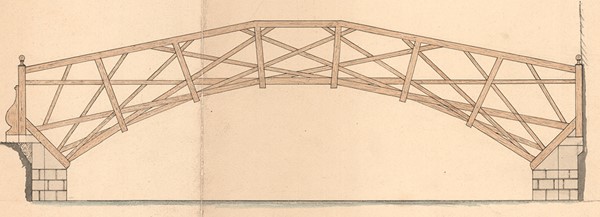
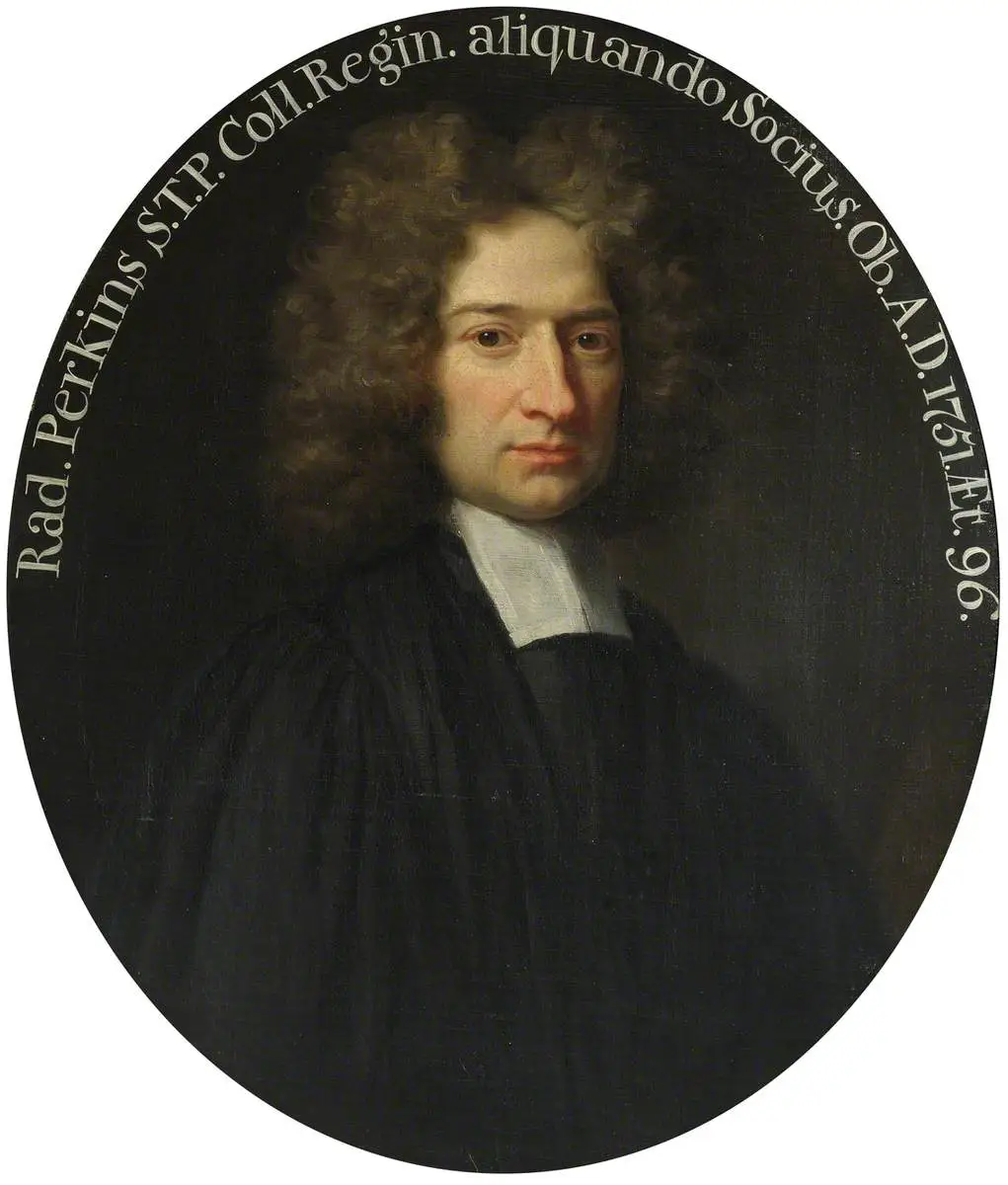

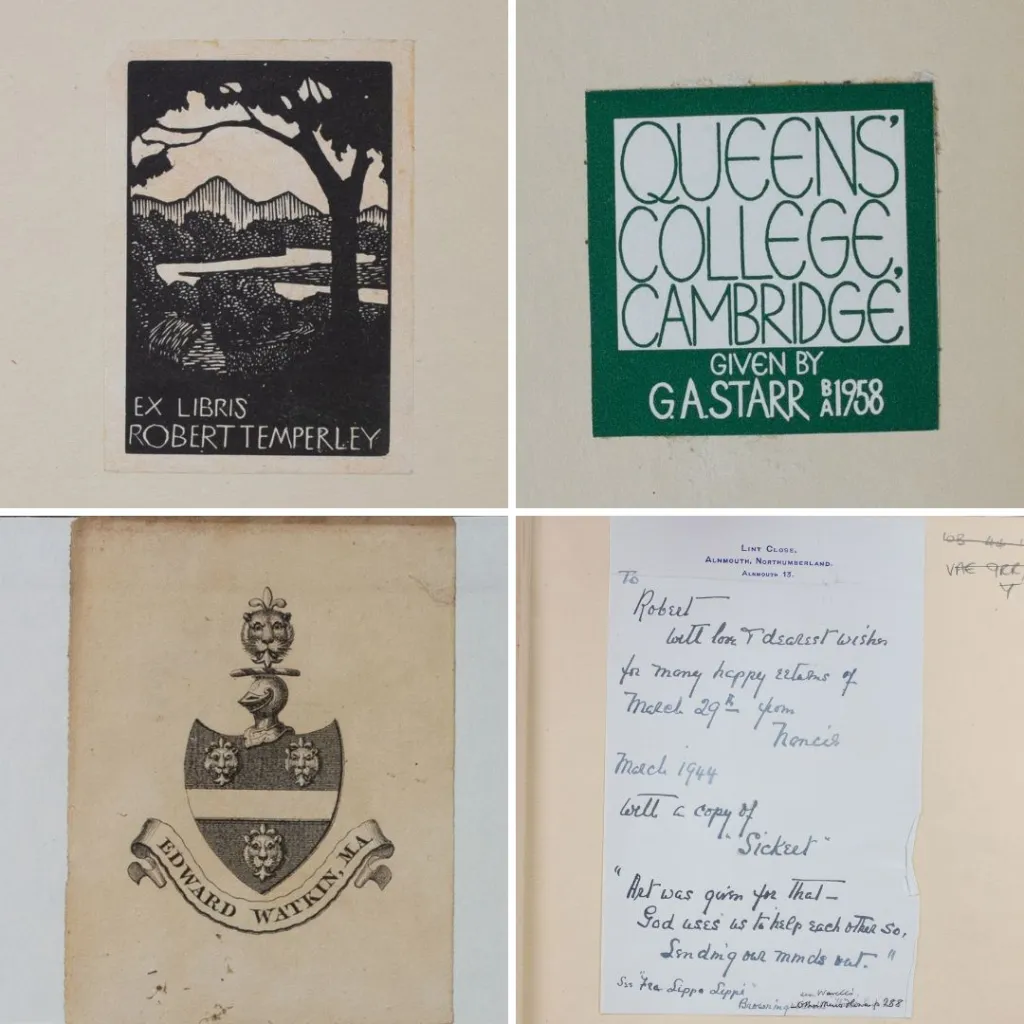
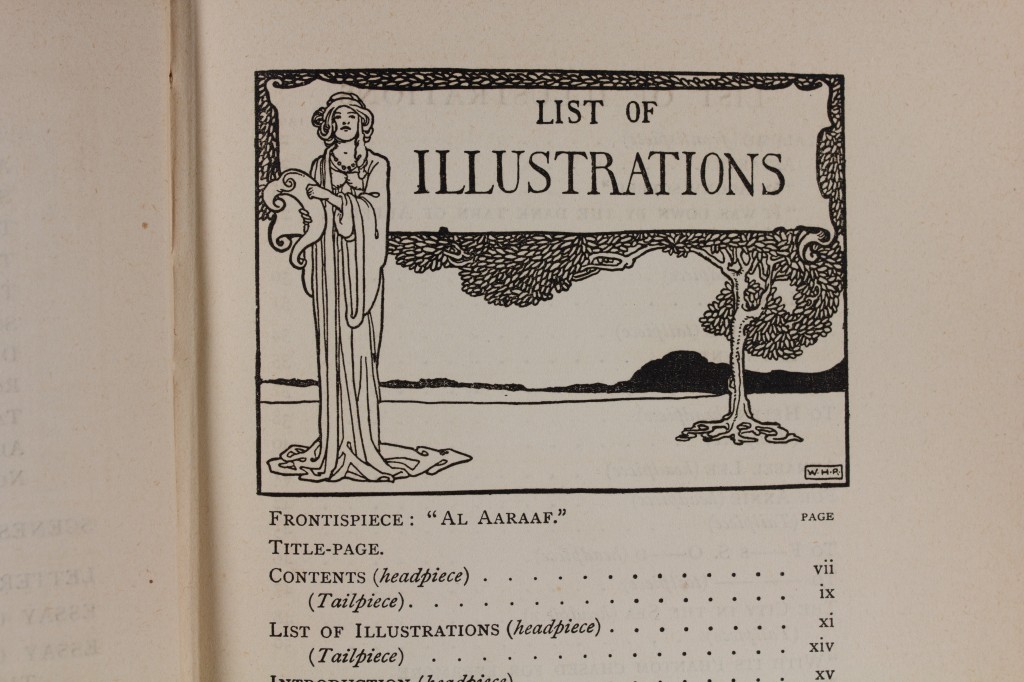
Leave a comment